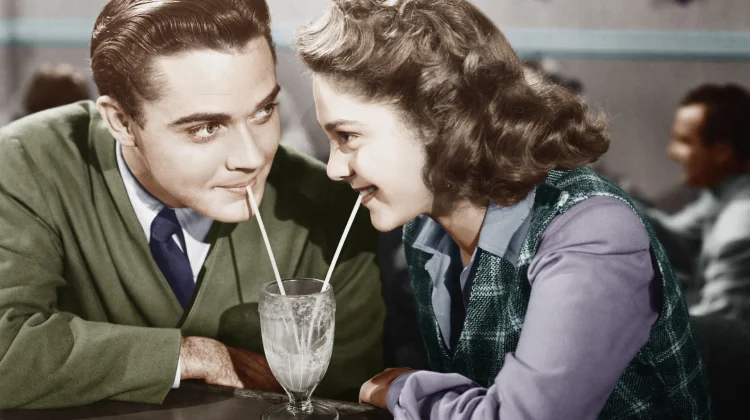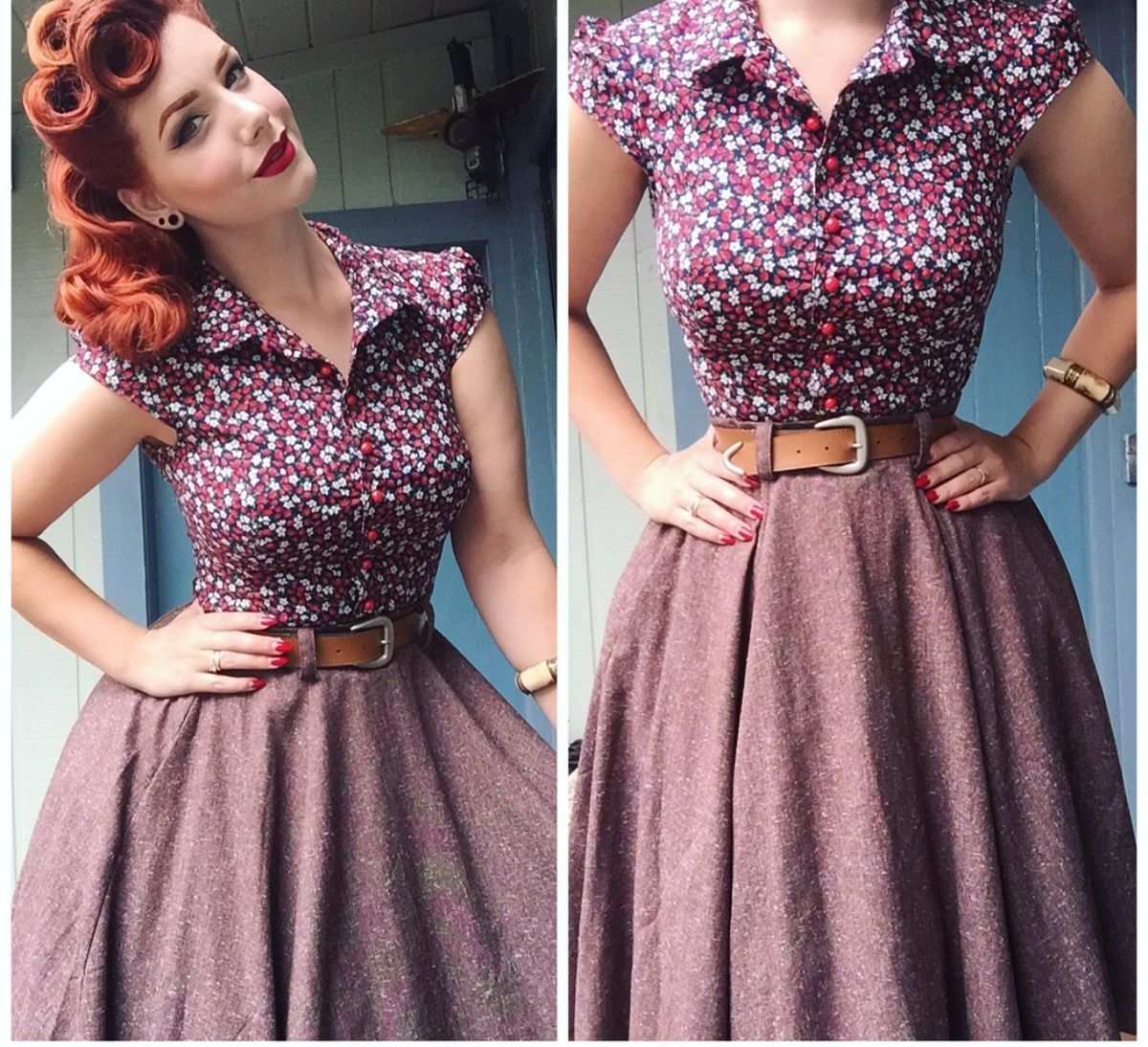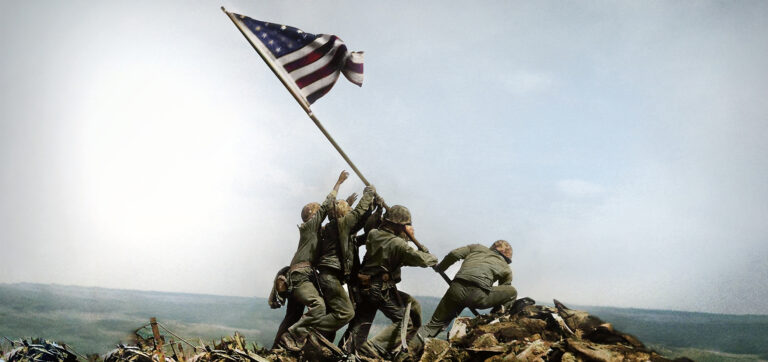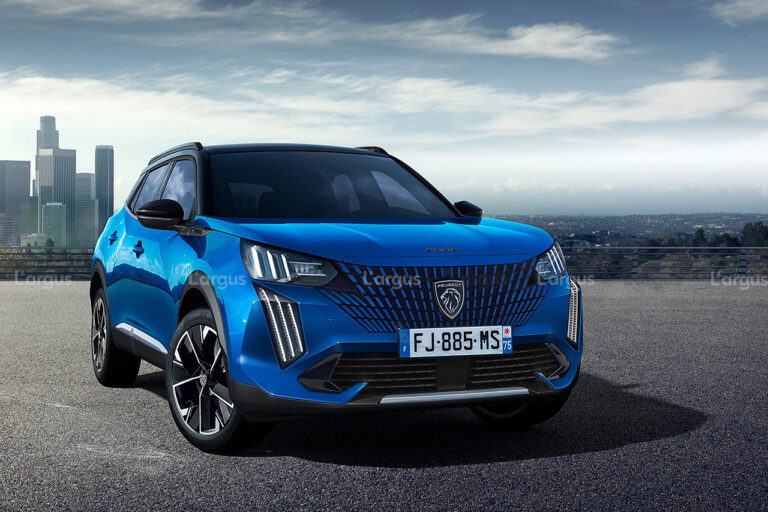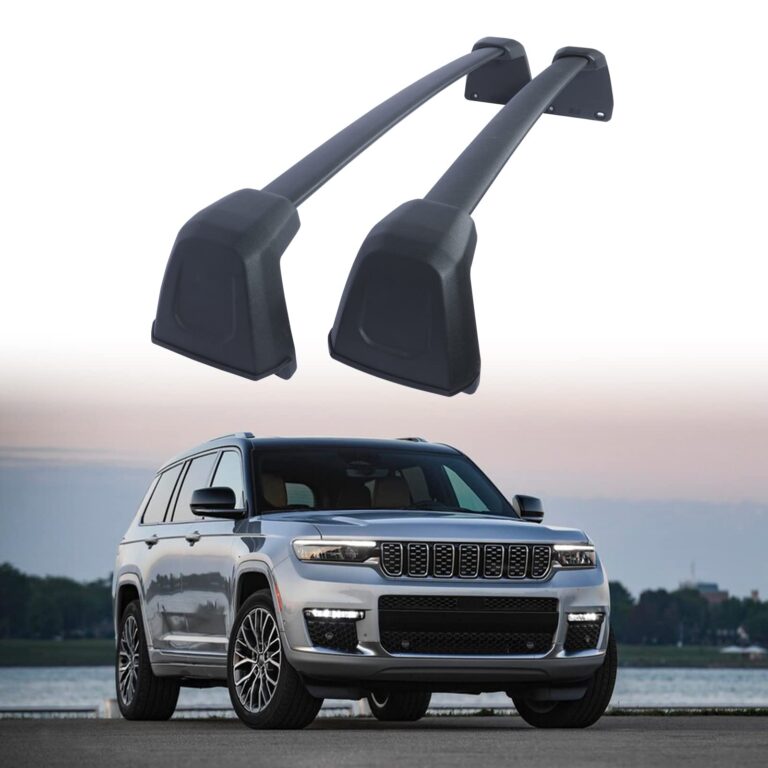Vintage Army Jeep For Sale: Your Ultimate Guide to Owning a Piece of History
Vintage Army Jeep For Sale: Your Ultimate Guide to Owning a Piece of History jeeps.truckstrend.com
The rumble of a flathead engine, the iconic seven-slot grille, the unmistakable silhouette that evokes images of battlefields and historic moments – a vintage army Jeep is more than just a vehicle; it’s a tangible piece of history. For enthusiasts, collectors, and anyone with a passion for rugged engineering and a bygone era, the prospect of finding a vintage army Jeep for sale is an exciting journey into automotive heritage. These machines, from the legendary Willys MB and Ford GPW of World War II to the robust M38 and later M151 MUTT, represent a pivotal chapter in global history and American ingenuity.
Owning one of these venerable vehicles is not merely about transportation; it’s about preserving a legacy, experiencing a raw and unfiltered connection to the road, and joining a vibrant community of like-minded individuals. This comprehensive guide will navigate you through the fascinating world of vintage army Jeeps, offering insights into their allure, the types available, crucial buying considerations, ownership tips, and what to expect when you finally get behind the wheel of your own piece of military history.
Vintage Army Jeep For Sale: Your Ultimate Guide to Owning a Piece of History
Why Own a Vintage Army Jeep? The Allure of History and Ruggedness
The decision to seek out a vintage army Jeep for sale is often driven by a unique blend of passion and practicality. These vehicles offer a distinct set of benefits and an undeniable allure:
- Historical Significance: At its core, owning a vintage army Jeep is about preserving history. Whether it’s a World War II Willys MB that served on the front lines or a Vietnam-era M151 that saw action in the jungles, each vehicle has a story, often unseen, that connects directly to pivotal global events.
- Iconic Design and Unmatched Durability: The utilitarian, no-nonsense design of these Jeeps is timeless. Built for purpose, they are incredibly rugged and engineered to withstand extreme conditions. Their simplicity often translates to easier maintenance for those with basic mechanical skills.
- A Unique Driving Experience: Forget power steering, air conditioning, or plush interiors. Driving a vintage army Jeep is a visceral experience. You feel every bump, hear the distinct engine note, and connect with the road in a way modern vehicles simply can’t offer. It’s a raw, engaging, and utterly unique adventure.
- Community and Events: The world of military vehicle enthusiasts is welcoming and active. Owning a vintage Jeep opens doors to local clubs, national conventions, military vehicle shows, and even historical reenactments, allowing you to share your passion and learn from others.
- Potential for Appreciation: While not guaranteed, well-maintained, original, or professionally restored vintage military Jeeps, especially early WWII models, have shown a tendency to appreciate in value over time, making them not just a hobby but potentially a sound investment.
- Versatility and Fun: Beyond parades and shows, these Jeeps are still incredibly capable off-roaders. Their compact size and robust drivetrain make them perfect for trail riding, farm work, or simply cruising around on a sunny day.

Types of Vintage Army Jeeps You Might Find
When you start your search for a vintage army Jeep for sale, you’ll encounter several distinct models, each with its own history, characteristics, and varying levels of availability and cost.
- Willys MB / Ford GPW (World War II Era, 1941-1945): These are the true icons, often referred to simply as "the Jeep." Developed rapidly for WWII, the Willys MB and its Ford-produced twin, the GPW, are nearly identical and are the most sought-after models by collectors. They are characterized by their flat-fender design, side-mounted spare tire, and 6-volt electrical system. Originality and matching numbers significantly impact their value.
- Willys M38 (Korean War Era, 1950-1952): Based on the civilian CJ-3A, the M38 was a more robust evolution of the MB/GPW. Key differences include a waterproof 24-volt electrical system (for fording), larger headlights, a hinged windshield, and generally stronger components. It retains the classic flat-fender look.
- Willys M38A1 (Korean War to Vietnam Era, 1952-1957): This model introduced the rounder, more modern body style that would influence later civilian Jeeps. It featured a larger "Hurricane" F-head engine, improved suspension, and a 24-volt electrical system. It served extensively in the Korean War and early Vietnam conflicts.
- Ford M151 MUTT (Military Utility Tactical Truck) Series (Vietnam Era, 1959-1982): A significant departure from earlier models, the M151 was designed by Ford and featured an independent suspension on all four wheels, a unibody construction, and a more car-like driving experience. It served throughout the Vietnam War and beyond. A crucial note for buyers: Due to safety concerns (tendency to roll over under certain conditions) and to prevent their use in potentially dangerous scenarios post-service, the U.S. military ordered the frames of M151s to be cut before being sold as surplus. It is generally illegal to register and drive an M151 with an uncut frame on public roads in the U.S. unless it’s for display purposes or specific exceptions apply. Always verify the legality and frame status before purchasing.
- Other Variants: You might also encounter militarized civilian Jeeps (like early CJ-2As or CJ-3As painted olive drab), or even foreign military Jeeps (like Hotchkiss M201s from France, which are essentially licensed copies of the MB). While interesting, they may not hold the same historical cachet or value as genuine U.S. military models.


The Buying Process: What to Look For
Purchasing a vintage army Jeep is a significant investment of time and money. A thorough inspection and understanding of what you’re buying are paramount.
Condition is Key
- Rust: This is the primary enemy. Inspect the frame rails, floorboards, body tub (especially under the seats and battery tray), hat channels, and fenders. Surface rust is manageable, but extensive rot requires costly and complex repairs.
- Originality vs. Restoration: Decide what you’re looking for. A "numbers matching" original Jeep in good condition will command a premium. A fully restored Jeep can be beautiful but ensure the restoration quality justifies the price. A "project" vehicle will be cheaper but require significant time, skill, and financial investment.
- Engine and Drivetrain: Check for leaks (oil, coolant, fuel), unusual noises, and signs of neglect. Does it start easily? Does it hold a steady idle? Test the transmission and transfer case through all gears (high and low range).
- Electrical System: For 6-volt systems (MB/GPW), ensure all lights and gauges work. For 12V or 24V systems, check the wiring for signs of amateur repairs, frayed insulation, or shorts.
- Brakes and Steering: Crucial for safety. Test the brakes thoroughly – do they pull to one side? Is the pedal firm? Check for excessive play in the steering wheel, which could indicate worn steering components.
- Tires: Look for correct military-style tires, but also check their age and condition. Old tires, even with good tread, can be dangerous.
Documentation and Authenticity
- Title and Registration: Ensure the seller has a clear, transferable title. Verify the VIN (chassis number) on the title matches the vehicle’s frame tag. Some older military vehicles may have gone through various owners without proper titling, creating headaches for registration.
- Data Plates and Markings: Original military Jeeps have various data plates (on the dashboard, firewall, or under the hood) that provide model, serial number, and contract information. Verify these are present and match the vehicle’s reported history.
- Correct Components: Enthusiasts value period-correct parts. While not a deal-breaker for a driver, non-original engines, axles, or body parts will impact value for collectors.
Where to Buy
- Specialty Dealers: Reputable dealers specializing in military vehicles often have a curated inventory, may offer warranties, and can provide expertise. Prices might be higher, but so is the confidence in the purchase.
- Online Marketplaces: Websites like eBay, Craigslist, and dedicated military vehicle forums (e.g., G503.com) are excellent places to find listings from private sellers. Be wary of scams and always inspect in person.
- Auctions: Government surplus auctions or specialized classic vehicle auctions can yield finds, but often require quick decisions and "as-is" purchases.
- Private Sellers: Often found through word-of-mouth or online forums, private sellers can offer good deals, but require diligent research on your part.
Budgeting Beyond Purchase Price
The sticker price is just the beginning. Factor in:
- Restoration/Repair Costs: Unless buying a fully restored vehicle, anticipate spending money on repairs, parts, and potentially professional restoration work.
- Maintenance: Regular oil changes, lubrication, and checking fluids are essential.
- Insurance: Obtain classic car insurance or specialized military vehicle insurance, which can be surprisingly affordable.
- Storage: A dry, secure garage is ideal to prevent rust and theft.
Ownership and Maintenance Tips
Owning a vintage army Jeep is a rewarding experience, but it comes with its own set of responsibilities and learning curves.
- Embrace the Simplicity: These vehicles were designed to be field-maintainable. Many common repairs can be tackled with basic tools and a good service manual. Invest in a reproduction TM (Technical Manual) for your specific model.
- Regular Maintenance is Key: Stick to the maintenance schedule outlined in the TM. This includes frequent greasing of chassis components, checking fluid levels, and regular oil changes. Rust prevention is an ongoing battle – keep it clean and dry.
- Parts Availability: For popular models like the MB/GPW and M38, parts availability is surprisingly good. Several specialized vendors reproduce almost every component. For rarer models or specific parts, you might need to scour swap meets, online forums, or even fabricate.
- Learn Basic Mechanics: Even if you’re not a seasoned mechanic, understanding how your Jeep works will save you money and enhance your enjoyment. Join online forums and clubs – the community is a treasure trove of knowledge.
- Drive Defensively: Vintage Jeeps lack modern safety features like airbags, ABS, and crumple zones. Their braking and handling are also significantly different from modern cars. Drive cautiously, anticipate situations, and always wear your seatbelt (if installed).
- Understand the Driving Experience: These are not comfortable daily drivers. Expect a bumpy ride, loud engine noise, and a basic interior. They are best enjoyed as hobby vehicles for specific outings, not for highway commuting.
- Storage: Store your Jeep in a dry, well-ventilated area to prevent rust. Consider a car cover if storing outdoors or in a dusty environment.
Vintage Army Jeep Estimated Price Guide
The price of a vintage army Jeep varies wildly based on model, condition, originality, and the seller’s motivation. This table provides a general range, but always conduct your own research and get a professional appraisal if unsure.
| Model | Condition Category | Estimated Price Range (USD) | Notes |
|---|---|---|---|
| Willys MB / Ford GPW | Project Vehicle | $5,000 – $15,000 | Requires extensive restoration, may be missing parts, significant rust. |
| (WWII Era) | Running / Needs Work | $15,000 – $30,000 | Drivable but requires mechanical attention, bodywork, or cosmetic restoration. |
| Good Original Condition | $30,000 – $50,000+ | Well-preserved, mostly original, minimal rust, solid mechanics. | |
| Professionally Restored | $50,000 – $100,000+ | Concours-level restoration, historically accurate, show-ready. Top-tier examples can exceed $100K. | |
| Willys M38 / M38A1 | Project Vehicle | $4,000 – $10,000 | Similar to MB/GPW projects, but generally less expensive. |
| (Korean War Era) | Running / Needs Work | $10,000 – $20,000 | Good entry point for a functional military Jeep. |
| Good Original Condition | $20,000 – $35,000 | Solid, usable, and mostly correct examples. | |
| Professionally Restored | $35,000 – $60,000+ | High-quality restorations for collectors. | |
| Ford M151 MUTT Series | Project Vehicle | $3,000 – $8,000 | Often sold as parts vehicles or for display due to frame cutting requirements. |
| (Vietnam Era) | Running / Needs Work | $8,000 – $18,000 | Check frame status carefully. Good for off-road use or private property. |
| Good Original Condition | $18,000 – $30,000 | Well-preserved examples, but civilian street legality is a major concern. Verify frame cut status. | |
| Professionally Restored | $30,000 – $50,000+ | Collector items, often for museum display or reenactments where street legality is not an issue. |
Note: Prices are estimates and can fluctuate based on market demand, regional differences, specific historical provenance, and the overall quality of restoration or originality.
Frequently Asked Questions (FAQ)
Q1: Are vintage army Jeeps street legal?
A1: Generally, yes. Most vintage army Jeeps (Willys MB, GPW, M38, M38A1) can be legally registered and driven on public roads, provided they meet local requirements for lights, brakes, and other safety equipment. The primary exception is the M151 MUTT series, which typically had their frames cut by the military before surplus sale, making them illegal for street use in many jurisdictions. Always check your local Department of Motor Vehicles (DMV) regulations.
Q2: How difficult are they to maintain?
A2: Maintenance is relatively straightforward for those with basic mechanical aptitude. Their design is simple, and many parts are readily available. However, they do require regular attention (greasing, fluid checks) due to their age and original rugged design. If you’re not mechanically inclined, factor in the cost of a specialist mechanic.
Q3: Where can I find parts for a vintage army Jeep?
A3: Numerous specialized vendors cater to the vintage military vehicle market, offering both new reproduction parts and used original components. Online forums (like G503.com), military vehicle swap meets, and even eBay are excellent resources for finding specific parts.
Q4: What kind of fuel economy can I expect?
A4: Don’t expect great fuel economy. Vintage army Jeeps typically get between 10-15 miles per gallon (MPG), depending on the model, engine condition, and driving style. They were built for ruggedness and utility, not efficiency.
Q5: Can I drive a vintage army Jeep daily?
A5: While technically possible, it’s generally not recommended for comfort or convenience. They lack modern safety features, creature comforts (like AC or even a heater in some), and can be slow in modern traffic. They are best enjoyed as hobby vehicles for weekend drives, shows, or off-road adventures.
Q6: Are there any common modifications?
A6: Common modifications include converting 6-volt systems to 12-volt for easier starting and accessory use, adding turn signals for street legality, or installing aftermarket seats for comfort. For collectors, originality is paramount, so extensive modifications can decrease value.
Conclusion
The pursuit of a vintage army Jeep for sale is an exciting journey into automotive history. Whether you’re drawn to the legendary status of a WWII Willys, the robust simplicity of an M38, or the unique engineering of an M151, owning one of these vehicles is a commitment to preserving a piece of the past. It’s an investment in a unique driving experience, a vibrant community, and a tangible link to pivotal moments in world history.
By understanding the different models, knowing what to look for during inspection, budgeting realistically for ownership, and embracing the nuances of vintage vehicle maintenance, you can transform the dream of owning a military Jeep into a rewarding reality. These aren’t just old vehicles; they are rolling monuments to ingenuity, perseverance, and the enduring spirit of a bygone era, waiting for their next custodian to continue their story.
